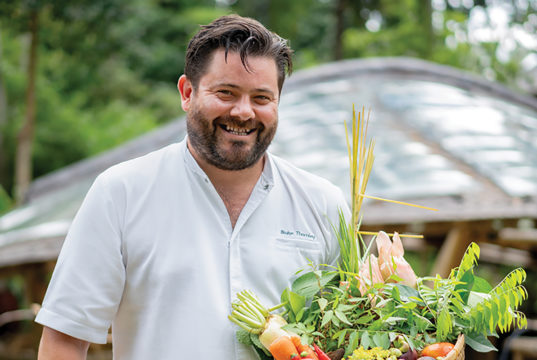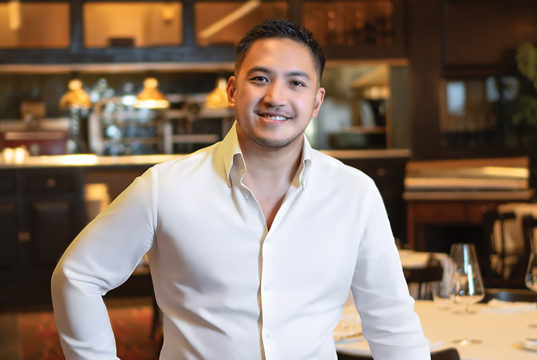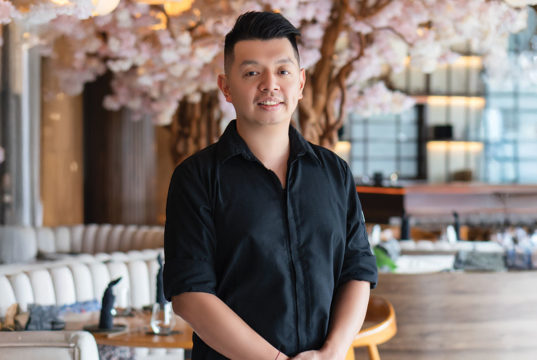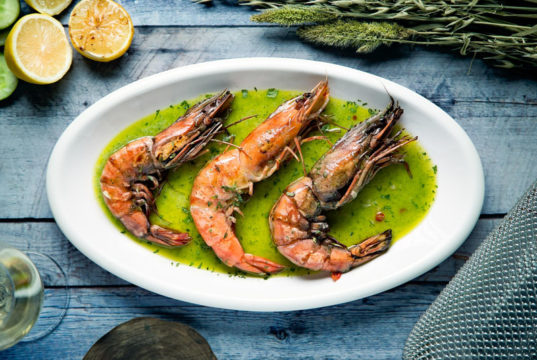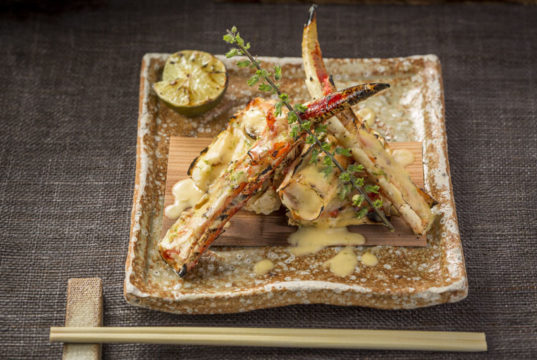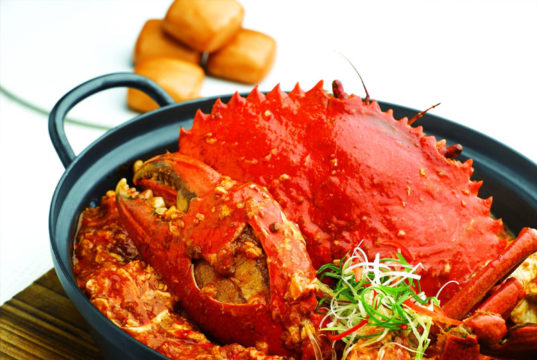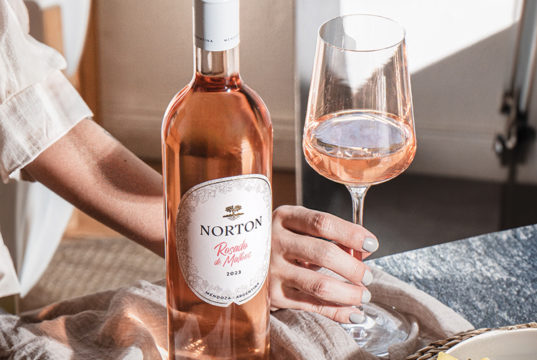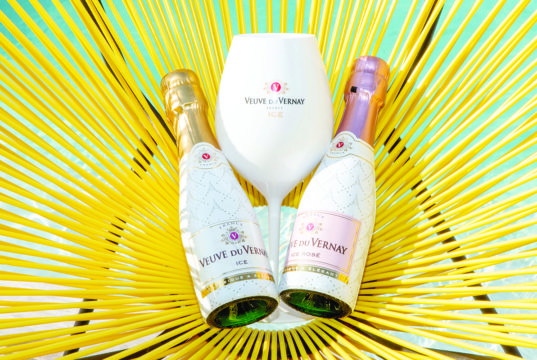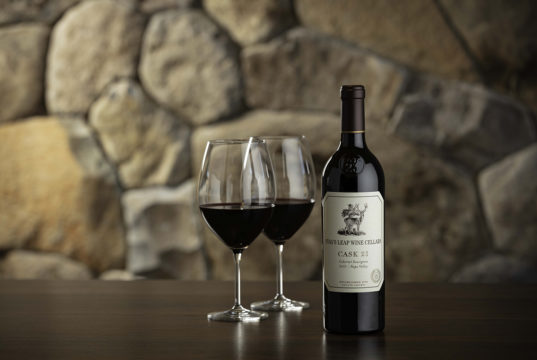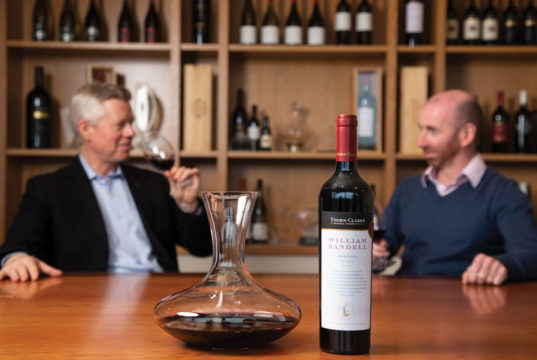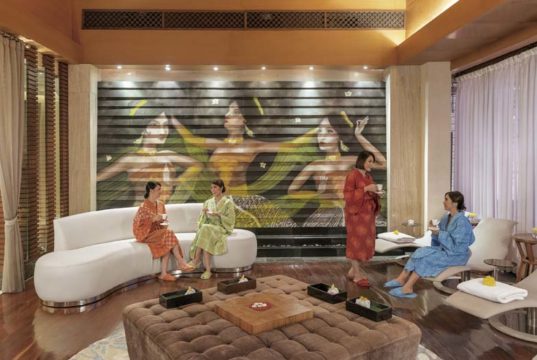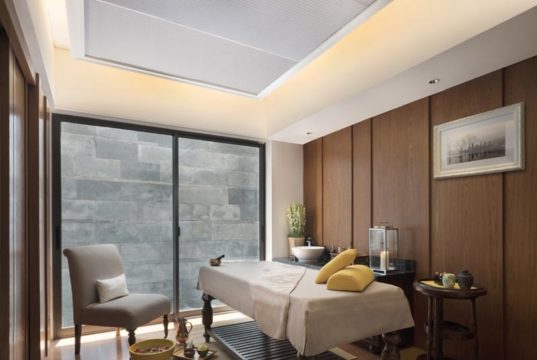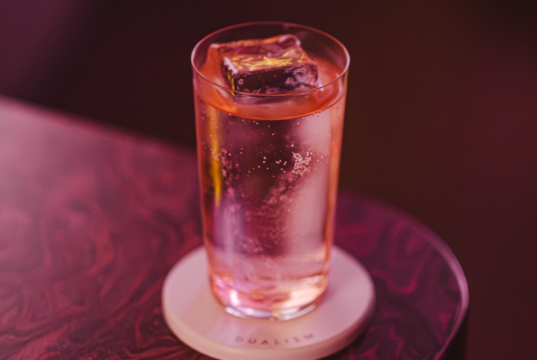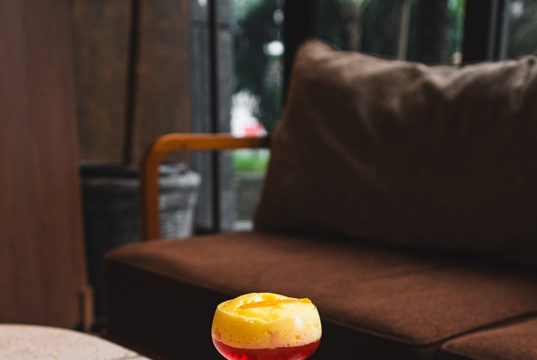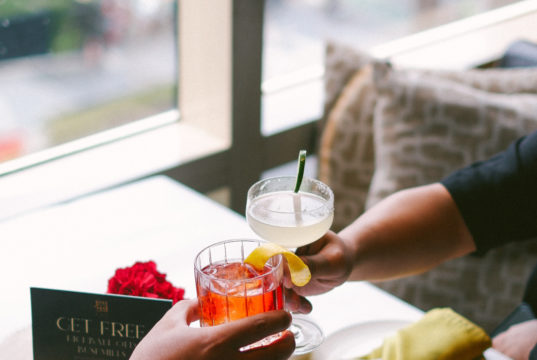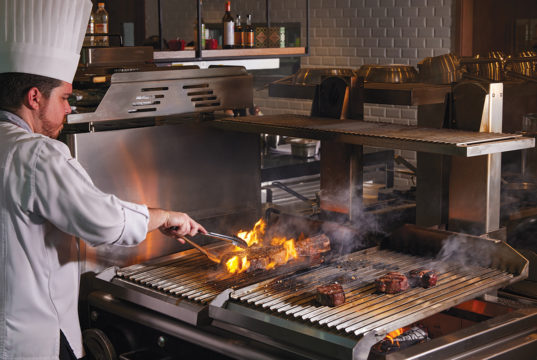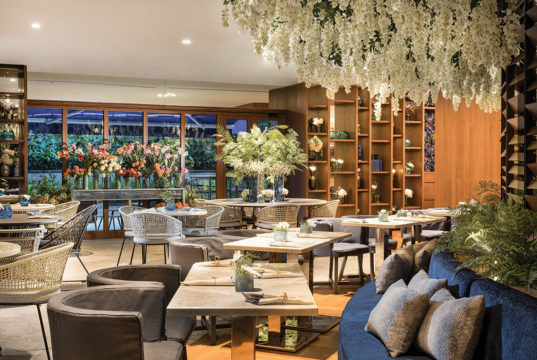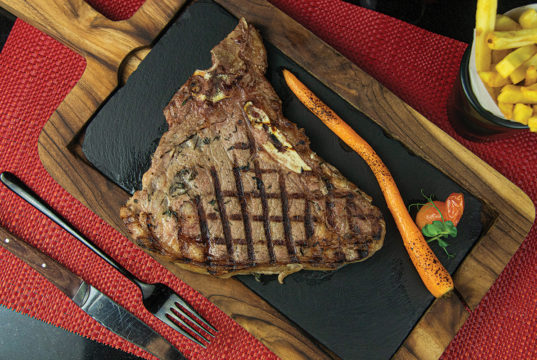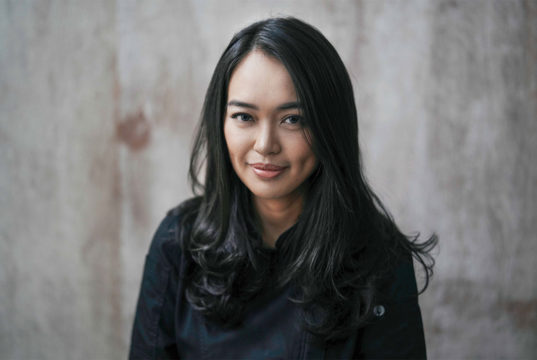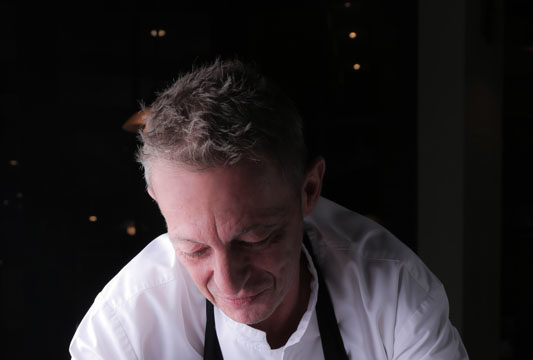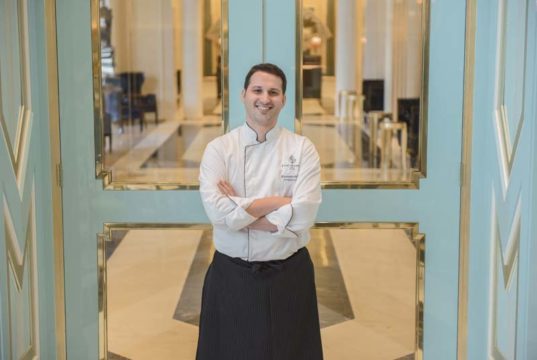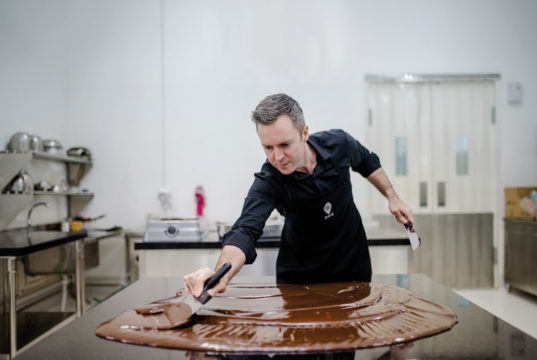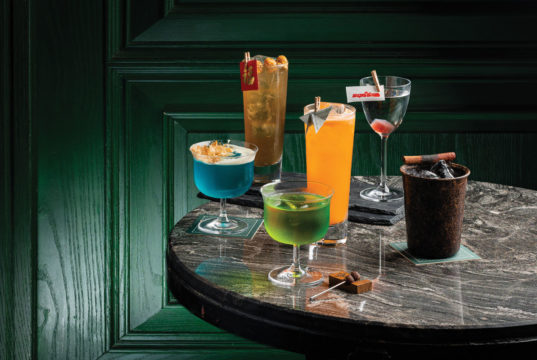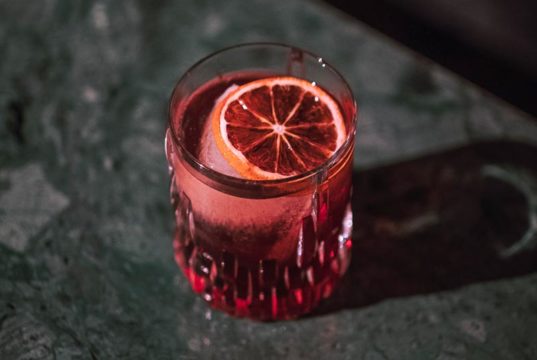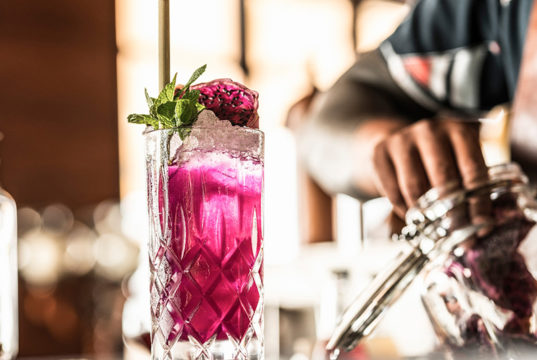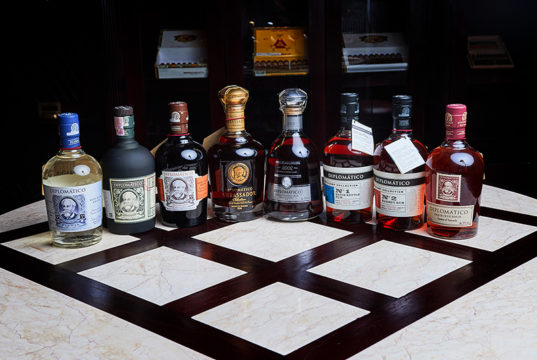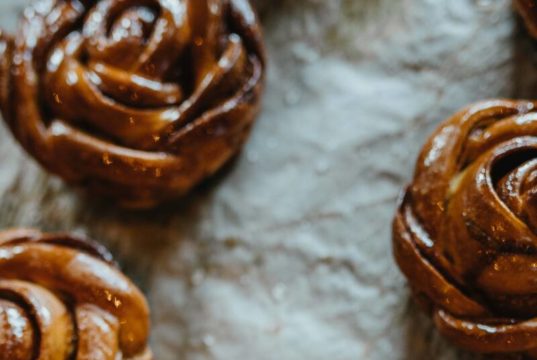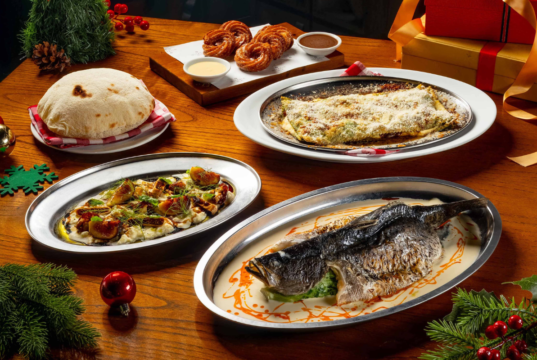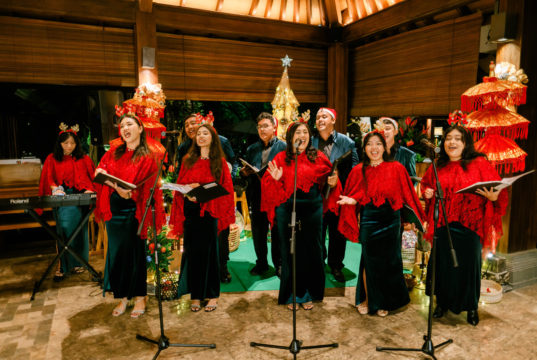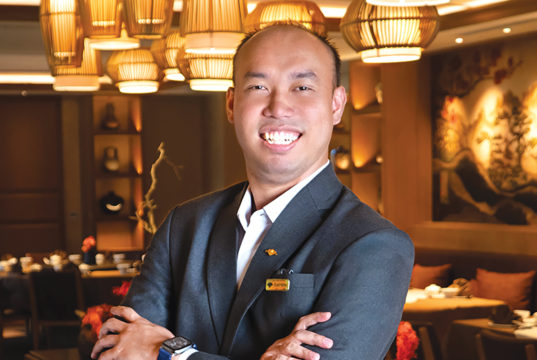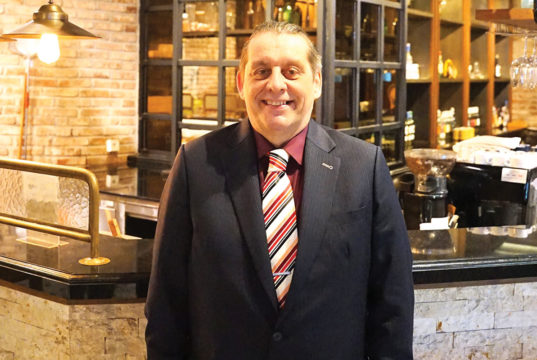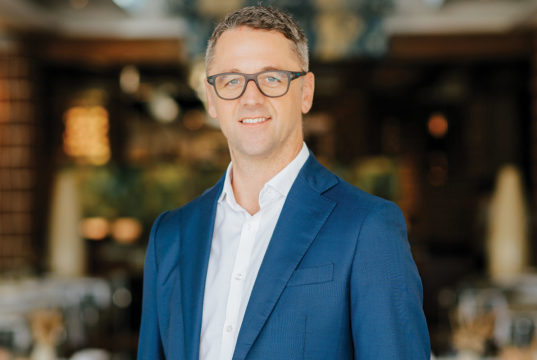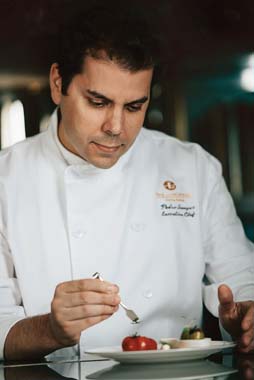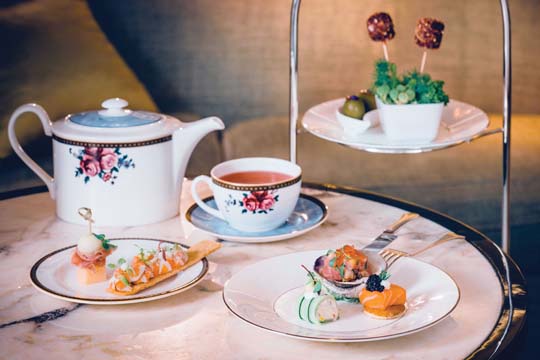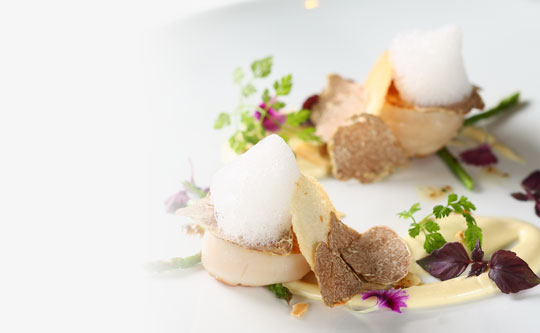Born in 1976, in San Sebastian, Spain, Chef Pedro Samper is a seasoned culinary professional specialising in Spanish and Basque cuisine. Mastering his skills in some of the best restaurants in Spain, such as Martin Berasategui (three Michelin stars), Quique Dacosta (three Michelin stars) and Kokotxa (one Michelin star), Chef Pedro was previously the executive chef at Paradores de Turismo Hotels and Resorts in Valencia, where he demonstrated a wide range of versatile cooking methods in various types of cuisine.
Moving to Asia, Chef Pedro has worked in Tokyo under the culinary mastery of Chef Yamamoto at RyuGin (three Michelin stars) and most recently at Zurriola and Zafran restaurant in Hong Kong, proving his capability to transform ordinary dishes into the extraordinary in kitchens of the highest calibre.
He is now executive chef at The Langham, Hong Kong, where he oversees the hotel’s western restaurants, including Palm Court, Artesian, The Bostonian, Main St. Deli and The Food Gallery, as well as in-room dining service and the events catering department, where Exquisite Taste had the pleasure of catching up with him.
Q: After working in some truly exceptional restaurants in Europe, what piqued your interest in a move to Asia?
A: I’d always wanted to work in Asia, but what brought me initially was a fellow chef from Japan who I worked with in San Sebastian. He often spoke about Japan’s unique culinary attitudes and its traditions and that really interested and inspired me. I felt I could learn and incorporate a new style to my cooking by understanding the alternative methods and how to use different herbs, spices and ingredients.
Q: What made you want to be a chef?
A: I knew I wanted to be a chef when I was young. I always loved being in the kitchen because it was full of life; so many different colours, textures, flavours and the aromas that play on the senses. Coming from San Sebastian, which is known as the capital of cuisine and where the Spanish culinary revolution started, it was an exciting city to grow up in and see so many cooks reinventing classical dishes using new techniques.
Q: Compared to working in Michelin-star restaurants, how different is it being a hotel executive chef and what are some of the big differences?
A: Yes, the role as an executive chef for a prestigious hotel such as The Langham, Hong Kong is a lot different to overseeing a free-standing restaurant. An executive chef has to look at the bigger picture and focus on standards, as well as ensuring consistent quality control for the different outlets in the hotel. He needs more oversight; and there are more responsibilities such as managing a larger team of chefs.
Q: What do you enjoy most about being an executive chef?
A: As an executive chef you are a creator. It is always busy, new menus and new concepts have to be designed all the time, and training your team to implement these new masterpieces is very exciting. You also get to experiment and deliver all types of cuisines in the different outlets.
Q: You are now in charge of five restaurants, events and in-room dining at The Langham. Do you still have the opportunity to cook and create recipes?
A: Yes absolutely. I still experiment with new ways to construct ingredients and look ultimately to create something that is both delicious and beautiful.
Q: What do you want to achieve at The Langham?
A: My goal is to build a good reputation within the gastronomic community and to elevate the overall Langham dining experience. I want guests to come back just to see what’s new.
Q: What are your fondest kitchen-related memories?
A: I think, like many chefs, my early family memories were perhaps the most formative and as a boy I remember my godmother and my mother cooking in the kitchen. I just enjoyed being there, watching and helping them with anything I could, but the best part was that I could nibble on everything they were making.
Q: How would you describe your cooking style?
A: My style? Well I believe that my style is always evolving due to a combination of past experiences and what types of products are available that season. You also learn a lot from peers and new culinary trends to create something that tastes beautiful because you are the result of what you put forward to guests.
Q: If you could pick any dish and transport it to any restaurant in the world, what would you choose and where would you be?
A: I love traditional Spanish dishes, like homemade paella. I would go to a local fishing village near Valencia in Spain and be able to use the fresh seafood that’s available to create a hearty dish.
Q: What is the most unusual place you have been asked to cater at?
A: In fact when I was working at the Paradores de Turismo Hotels and Resorts in Valencia, I was invited to cook for the King of Spain at his annual three-day quail hunting event. It was a great honour and during the day we would cook in the mountains, while in the evening we would be in the castle to create a classic fine-dining experience to serve to the king and his royal guests from other European countries. That was pretty unusual and very special I think!
Q: What is your favourite local dish?
A: My favourite hometown Spanish dish is a Basque-style hake fish cooked in a green sauce, while my favourite local Hong Kong dish is hairy crab and char siu. Both are different but still tasty and wholesome…
Q: What tips would you give to novice chefs?
A: First of all never lose your passion for cooking, secondly always persevere. Last, and something never to forget, every dish is a reflection of you so always put your best into it every time.
Q: Hong Kong is a world away from San Sebastian, so what’s your favourite thing about the city?
A: It’s a really great foodie town and there’s always something new to try and experience. I love the diversity and the different types of cuisines available in the city.
Hokkaido Scallops with Almond and Alba White Truffle
Hokkaido Scallops:
Clean the scallops and set aside.
Make tiny cuts over the surface, place on the griddle for 40 seconds on one side, turn over and cook the other side for 20 seconds.Focaccia Bread:
Use 2-day old focaccia bread and slice thinly, 5 cm in diameter and 2 mm thick.
Place on a silicone-lined tray and cook in the oven at 160ºC for 7-8 minutes.
Almond Cream:
• 200 g milk
• 80 g toasted almonds
Toast the almonds in the oven, then boil the milk and add the toasted almonds. Mix and pass through a strainer.
• 110% olive oil
• Salt
• White pepper
Measure the weight of the milk and cream, then add the olive oil and mix with salt and white pepper.
Almond Cappuccino:
• 300 g milk
• 30 g toasted almonds
• 20 g parmesan cheese
• 3 g soy lecithin
Boil the milk and add the toasted almonds and the parmesan cheese. Mix and pass through a strainer, then add the lecithin and mix again.Also:
• Parsley and garlic oil
• Toasted sliced almonds
• Maldon salt
• Sliced white truffle
Garnish with the above ingredients.




